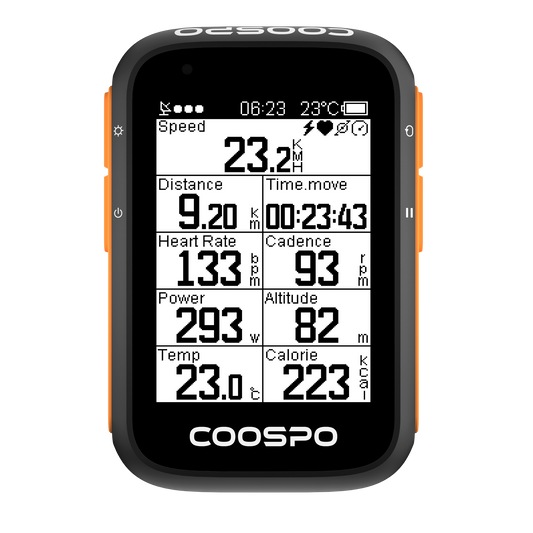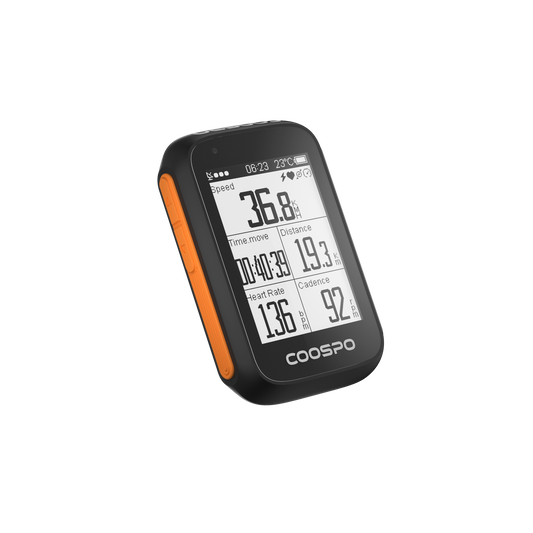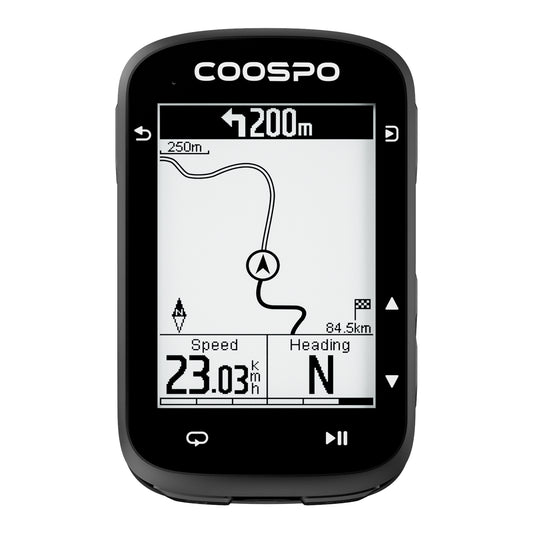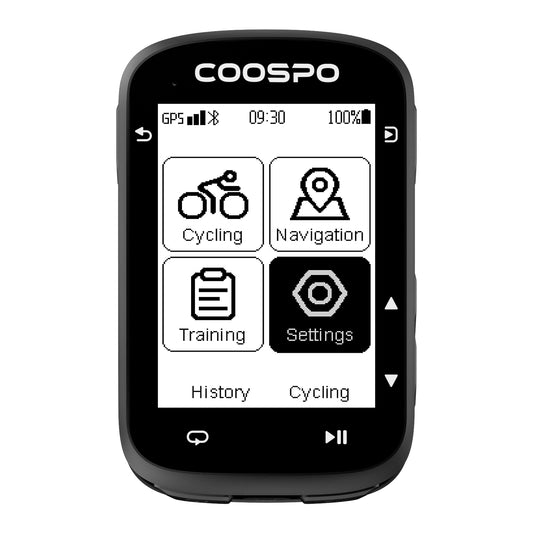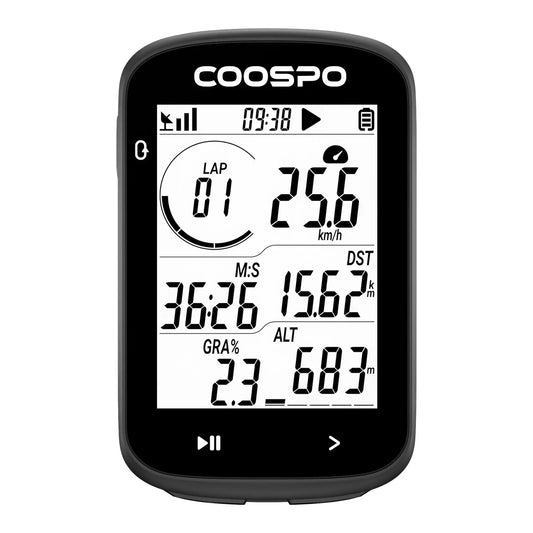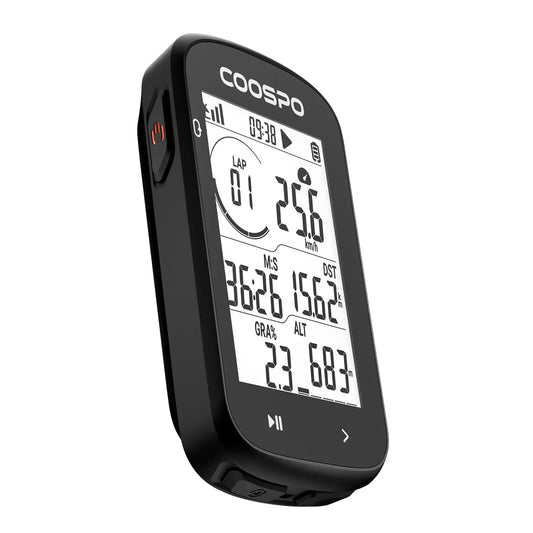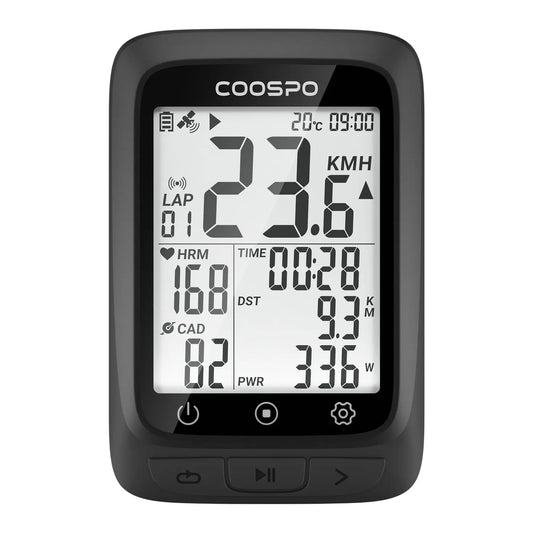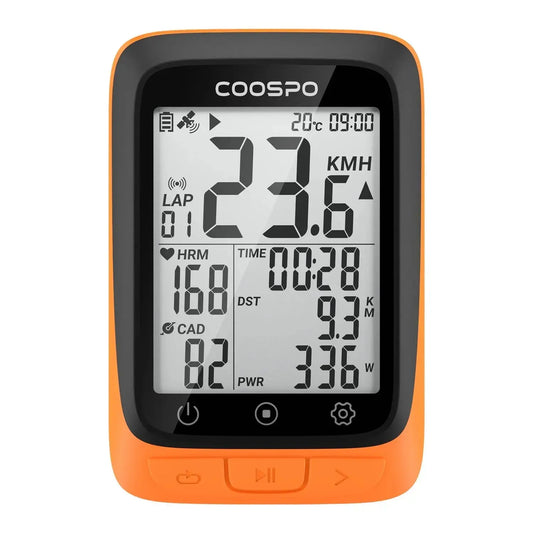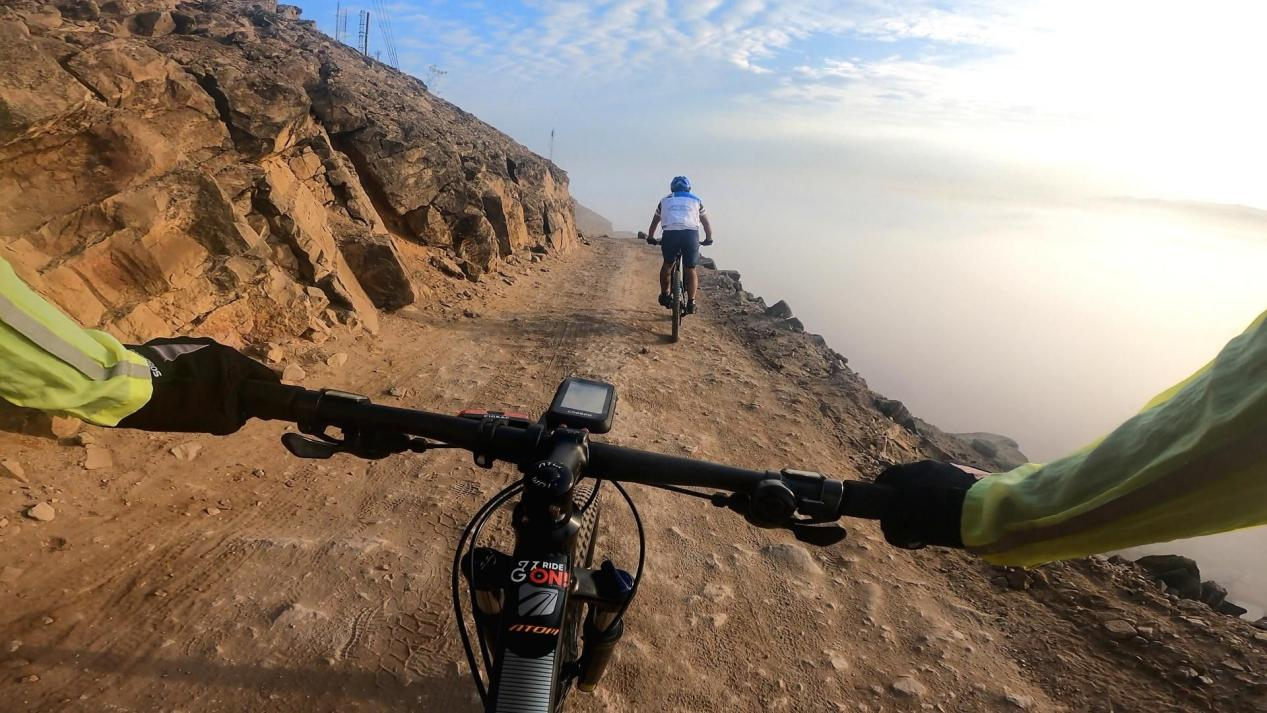9 Questions Les débutants ont sur le vélo
Si vous envisagez de vous lancer dans le cyclisme sur route, vous avez probablement beaucoup de questions, et certaines d'entre elles sont peut-être importantes et auxquelles vous n'avez même pas encore pensé. Continuez à lire pour trouver des réponses à tout ce que vous devez savoir, des collations pour vélo aux équipements et bien plus encore.
Dois-je porter des vêtements de cyclisme ?
Vous n'êtes pas obligé de suivre l'image typique des cyclistes sur route portant un maillot moulant. Bien que cela soit courant, aucune règle ne vous oblige à le porter. En fin de compte, c'est à vous de décider ce que vous portez : il doit s'agir de ce qui vous met le plus à l'aise et améliore votre expérience de conduite.

Il existe plusieurs raisons pour lesquelles les cyclistes sont attirés par des matériaux spécifiques : comme ils sont bien ajustés, vous n'avez pas à vous soucier de l'accrochage de quelque chose dans votre transmission. Les shorts de cyclisme spécialisés avec rembourrage, par exemple, aident à prévenir les douleurs de selle lors des longues sorties. Les maillots de cyclisme sont conçus avec un tissu respirant qui évacue l'humidité pour vous garder au sec, tandis que leur coupe ajustée minimise la traînée. Certaines recherches indiquent que les bons vêtements peuvent même améliorer légèrement l'efficacité du cyclisme, en particulier sur de longues distances.
Si vous débutez, vous n'aurez peut-être pas immédiatement besoin d'un équipement cycliste complet. Cependant, investir dans un cuissard rembourré de haute qualité peut améliorer considérablement votre confort, rendant vos sorties bien plus agréables dès le départ.
Ai-je besoin d’un ajustement professionnel de mon vélo ?
Un ajustement professionnel du vélo peut grandement améliorer votre expérience de conduite, surtout si vous prévoyez de rouler fréquemment ou pendant de longues durées. Un mauvais ajustement du vélo est une cause fréquente d'inconfort et de blessures chez les cyclistes.
Un réglage professionnel du vélo est un investissement important pour votre confort et votre santé à long terme en tant que cycliste. Si vous ressentez une gêne, comme des douleurs au dos, au genou ou un engourdissement des mains, il est judicieux de consulter un professionnel.
Tous les vélos sont standardisés, mais ce n'est pas le cas de tous. Le vélo doit être conçu pour s'adapter à vos besoins plutôt que l'inverse.
Même un léger inconfort peut rapidement se transformer en un problème majeur lorsque vous effectuez 30 000 coups de pédale par heure pendant plusieurs heures. Aborder de manière proactive les problèmes potentiels avant qu'ils ne surviennent est non seulement une mesure préventive judicieuse, mais aussi un investissement intelligent qui peut vous éviter une thérapie physique coûteuse à long terme.
Que dois-je faire pour que mon vélo fonctionne correctement ?
Un entretien régulier permet de maintenir votre vélo en parfait état et d'éviter les pannes. Voici quelques étapes de base :
Nettoyer et lubrifier la chaîne:Une chaîne propre réduit les frottements et prolonge la durée de vie de votre transmission. Essayez de nettoyer et de lubrifier votre chaîne à quelques reprises, surtout si vous roulez dans des conditions humides ou sales.
Vérifiez la pression des pneus: Des pneus correctement gonflés rendent votre conduite plus fluide et préviennent les crevaisons. Utilisez un manomètre pour vous assurer que vos pneus sont à la pression recommandée pour votre vélo et votre poids.
Inspecter les freins et les engrenages: Assurez-vous que vos freins fonctionnent correctement et que vos vitesses passent en douceur. Ces pièces peuvent s'user avec le temps, il est donc essentiel de les remplacer ou de les régler si nécessaire.
Un entretien régulier de votre vélo vous assure une conduite plus sûre et plus agréable.
Dois-je acheter un vélo de route si j’ai déjà un hybride ?
Un vélo hybride est un choix flexible, en particulier pour les balades occasionnelles, les déplacements quotidiens ou les sentiers tout-terrain légers. Les vélos de route, en revanche, sont conçus pour la vitesse et les balades en douceur sur les routes pavées. Ils sont généralement plus légers et dotés de pneus plus fins, ce qui contribue à réduire la résistance au roulement et facilite les longs trajets.
Passer à un vélo de route peut changer la façon dont vous maniez le vélo, et cela peut prendre du temps pour vous y habituer.Pour les débutants, le choix dépend de leurs préférences personnelles. Si vous n'êtes pas prêt à acheter un vélo de route, une bonne alternative consiste à installer des pneus plus étroits sur votre vélo hybride. Cela vous permet de bénéficier de certains des avantages d'un vélo de route tout en facilitant la transition.
Que dois-je apporter lors d'une sortie ?
Chaque trajet nécessite quelques éléments essentiels :
Chambre à air de rechange et mini pompe à air:Les crevaisons arrivent, et pouvoir en réparer une soi-même permet d'économiser du temps et d'éviter les frustrations.
Outil multifonction:Un outil multifonction compact peut vous aider à effectuer des réparations ou des réglages mineurs lors de vos déplacements.
Collations ou barres énergétiques: Faire le plein pendant une sortie vous aide à maintenir votre énergie, en particulier lors de sorties de plus d’une heure.
Ordinateur de vélo et Support de vélo: Il est pratique d'avoir un ordinateur de vélo pour enregistrer vos données de cyclisme et fournir une navigation.
Ai-je besoin d’éclairages de vélo ?
Oui, les éclairages de vélo sont essentiels, même pendant la journée. Plus vous êtes visible, plus vous êtes en sécurité. Même le fait d'allumer vos éclairages de vélo pendant la journée peut vous permettre de vous faire remarquer par les automobilistes. Feu de circulation diurne Coospo BLC100 dispose non seulement d'une fonction de voyant d'alerte, mais également d'une banque d'alimentation de grande capacité de 5000 mAh, qui charge votre caméra d'action, votre smartphone, votre ordinateur de vélo et d'autres appareils électroniques.

Un puissant éclairage avant projette un faisceau lumineux clair sur la route devant vous, ce qui vous assure un bon éclairage de nuit, tandis qu'un feu arrière sert de signal important, alertant les conducteurs qui approchent par derrière de votre présence. De plus, il est judicieux de veiller à la fois à votre visibilité et à l'éclairage de votre itinéraire, surtout si vous êtes désorienté ou confronté à des circonstances inattendues, comme lorsque vous vous retrouvez sur le chemin du retour après le coucher du soleil.
Dois-je apporter de l’eau à chaque sortie ?
Pour les sorties plus courtes, de moins d'une heure, vous n'aurez peut-être pas besoin d'eau si vous vous êtes bien hydraté au préalable. Cependant, il est généralement judicieux d'emporter une bouteille d'eau, surtout par temps chaud ou si vous prévoyez de vous dépasser physiquement.

Si vous faites de l'exercice pendant plus d'une heure, surtout lorsqu'il fait chaud, n'oubliez pas d'ajouter des électrolytes à votre eau. Vous pourriez avoir besoin de calories ou d'électrolytes supplémentaires en fonction de l'intensité de votre effort et de la température. Même une petite quantité de sel dans votre eau peut aider, surtout lorsqu'il fait chaud.
Que dois-je manger pendant une sortie à vélo ?
Il est généralement préférable d'éviter les aliments riches en fibres et de manger davantage d'aliments riches en glucides. Si votre sortie dure moins d'une heure, vous n'avez probablement pas besoin de calories supplémentaires. Pour les sorties plus longues, essayez de manger environ 30 à 60 grammes de glucides toutes les heures pour maintenir votre niveau d'énergie.
Des options telles que des barres énergétiques, des bananes ou des gels offrent une source rapide de carburant sans le fardeau de la lourdeur. Pour maintenir un niveau d'énergie soutenu pendant les sorties plus longues, il est conseillé d'en consommer de petites quantités toutes les 30 à 45 minutes, ce qui permet d'éviter efficacement les baisses d'énergie potentielles.
Quelle est la meilleure façon de s'entraîner en tant que nouveau cavalier ?
Il peut être facile de se concentrer sur votre fréquence cardiaque et d’autres mesures de performance, mais pour l’instant, profitez simplement de marcher quelque part par vous-même.
Commencez par faire une course à vélo ou par explorer une route tranquille qui vous intrigue. Si vous aimez les maisons, faites attention aux couleurs des maisons. Si vous aimez l'aménagement paysager, prenez note des cours lorsque vous passez. Quoi que vous fassiez, restez simple et profitez du trajet.

Si vous souhaitez faire des sorties un peu plus longues, ce qui vous aidera à améliorer votre condition physique et à faire passer votre conduite au niveau supérieur, planifiez votre itinéraire à l'avance.Vous aurez juste besoin d'un Ordinateur de vélo GPS ou un support de vélo pour voir l'itinéraire pendant que vous roulez.
Conclusion
Se lancer dans un voyage à vélo peut être à la fois passionnant et difficile, mais avec les bonnes connaissances, cela devient beaucoup plus accessible. En comprenant les éléments essentiels comme l'équipement, l'entretien et l'entraînement appropriés, vous vous préparez à une expérience plus sûre et plus agréable sur la route. Que vous rouliez pour vous mettre en forme, pour le plaisir ou pour vous déplacer, rester préparé et informé vous permet de vous concentrer sur ce qui compte vraiment : profiter de la balade. Bon vélo !



